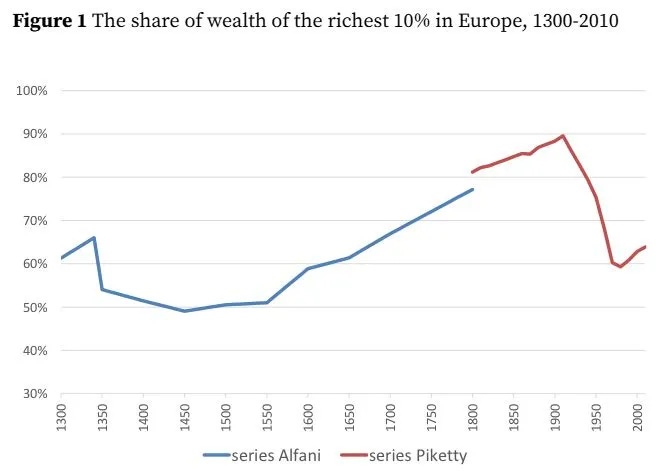Wealth inequality: the past, and the future
Part IV: "But history has proven Marx wrong!" Nope.
This is the second of a multipart series on the past and future of capitalism. Part I is here. Part II is here. Part III is here.
The second objection to Marx’s law of capitalist accumulation is more compelling: history has not fulfilled his prediction. Even though we periodically see monopolies, capitalism has not become entirely monopolistic. There’s s…
Keep reading with a 7-day free trial
Subscribe to The People's Line to keep reading this post and get 7 days of free access to the full post archives.



